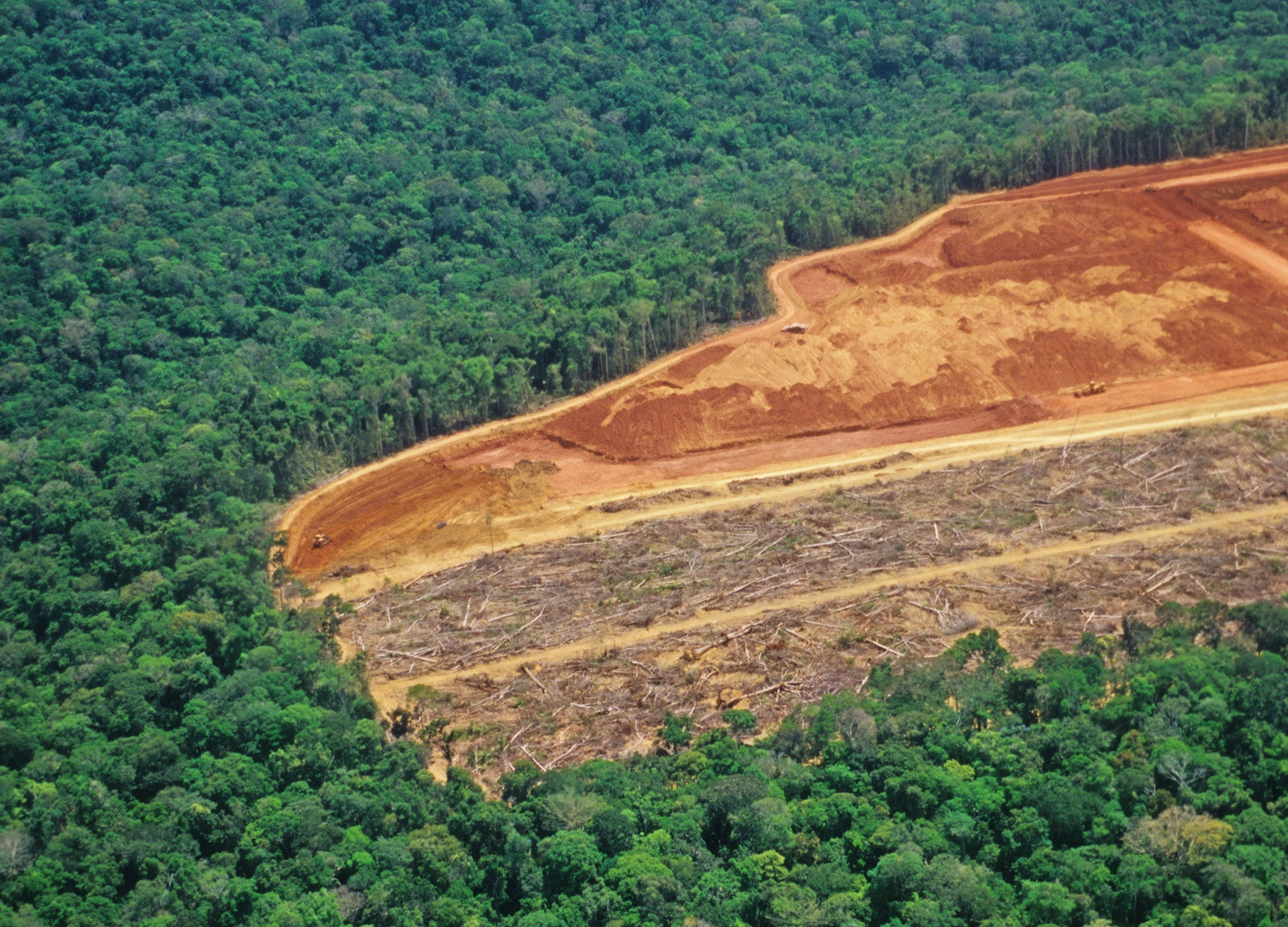It is practically impossible to escape the mass consumerism within our current production of food. The quality of our food and effort allocated toward food preparation is compromised for quantity in order to feed our expanding population.
For these reasons, our diets can never be perfect. However, statistics have proven that what we put on our plates, specifically the amount of meat, plays the most significant role in improving the sustainability of our lifestyle.
1. Water consumption and conservation
It requires 4,000 gallons of water to be used each day in the production of food to prepare a meat-based diet; for a plant-based diet, this number is only 300. Nearly half of the water used in the United States is set aside to raise animals for food.
While it takes 2,400 gallons of water to produce one pound of meat, only 25 gallons are needed for a pound of grain. This is 100 times more water per pound that goes into the farming of animals than the farming of plants.
Not only are farmed animals the largest consumers of water — a single cow drinks 50 gallons of water each day — they are also one of the largest sources of water pollutants. One trillion pounds of animal waste, a byproduct of our agriculture industry, heavily contaminate waterways each year, releasing the drugs and bacteria they contain into our rivers, lakes and oceans.
In a world in which an estimate of 34 percent of the human population lacks access to clean water, it seems as though our priority is quite skewed.
2. Land utilization
Land for raising animals occupies 30 percent of Earth’s land mass, which is equal to the size of China. The United States is essentially one giant farm with its large amount of land dedicated to cattle raising.
The human population has never grown at its current rate at any point in history. From 1700 to 1950, the world population grew from just under 1.5 billion to around 2.2 billion, a 47 percent increase in 250 years. From 1950 to 2000, the population increased from this 2.2 billion to 7 billion, marking a 218 percent increase in a matter of 50 years.
Our growing population brings many problems that threaten our land resources without careful planning, such as housing and food. At this rate, without changing our lifestyles nor eating habits, we are projected to overcompensate our resources and manipulate the environment beyond the point of natural reparation.
3. Deforestation
More and more land is taken each day for the cultivation of animal products. Seven football fields of land are bulldozed every minute to create more room for farmed animals, totaling over 450 thousand meters per day. The agriculture industry alone is responsible for an estimated 91 percent of the deforestation of the Amazon rainforest.
Furthermore, with the exponential growth of our global population, we will need more land simply to live, not to mention saving some for food and other life necessities. More people need more land; to have more land we cut down more trees; with proper support, our population continues to grow. This vicious cycle simply cannot be sustained.

4. Food requirement for cattle raising
Animals require food themselves in order to survive. They consume farmed crop, which requires both natural and human resources to produce. For example, 16 pounds of grain is needed to produce a single pound of meat.
Currently, 70 percent of all grain and cereals grown in the United States are fed to animals, which will eventually be farmed themselves. These 700 million tons of food, all of which can be used to feed humans after proper processing but go instead towards livestock.
5. Carbon dioxide emission and global warming
Strange as it may sound, eating meat contributes heavily to the deterioration of our environment. Carbon dioxide, which is emitted through the burning of natural gas, waste and various chemical reactions, plays an important role in the progressive warming of our atmosphere.
The EPA estimated that carbon dioxide constituted 82 percent of all emissions given off in 2015, the majority of which is given off during the manufacturing process of material good.
Only a portion of that emission can be absorbed by plants through photosynthesis, a component of the natural carbon cycle. As we consume more of our natural resources through deforestation, we are destroying the natural mechanism to balance out the amount of carbon dioxide in the atmosphere, pushing the planet closer and closer to that point of irreparability.
In cutting down on animal products, one reduces their carbon dioxide emissions by 1.5 billion tons each year. Statistically speaking, its impact is comparable to exchanging a gas-powered car for an electric vehicle.
Transportation is commonly thought of as being the primary contributor of greenhouse gases into the atmosphere. However, a California study found that a single dairy cow “emits 19.3 pounds of volatile organic compounds per year,” making the agricultural industry the largest producer of gas, not any form of transportation.
If every American cut out a single serving of chicken from their diet each week, it would have the same effect on carbon dioxide emissions as taking 500,000 cars off the road.
6. Methane
Methane, a gas 20 times more powerful in trapping heat within the atmosphere, is typically emitted through the breakdown of organic waste. In 2015, the EPA estimated that methane contributed to 10 percent of all greenhouse gases within the atmosphere.
The number might be small, but each compound of methane traps 20 times more heat than a compound of carbon dioxide.
Although methane does result from natural processes, the mass-production of the agriculture industry has allowed this gas to be emitted in excess. Cows release methane from their burps and farts.
In 2017, it was reported that there are 93 million cattle in the United States alone, and a single cow tends to release between 70 and 120 kilograms of methane each year. Chickens, turkeys and pigs together produce the largest amount of methane.
7. Nitrous oxide
Nitrous oxide is released minutely through combustion and transportation, however primarily through manure management and agriculture. The agricultural industry has accounted for approximately 85 percent of nitrous oxide emissions within the United States, and 65 percent of emissions worldwide.
Compared to carbon dioxide, nitrous oxide is 300 times more powerful in containing heat within the atmosphere. Nitrous oxide is released through the production of nitric acid through the use of fertilizers to treat soil. The gas is a natural product within the nitrogen cycle as a product of breaking down nitrogen in soil and bodies of water.
In order to be removed from the atmosphere, nitrous oxide must be absorbed by a certain bacteria. we are manually increasing the amount of gas within the atmosphere; however, the number of the bacteria which are able to absorb this gas remains the same. We are disrupting one of Earth’s chemical cycles once again with the man-made production of nitrous oxide gas.
As people are more and more concerned about the sustainability of our lifestyle, a plant-based diet is on the rise, creating a global phenomenon. The demand for vegan and vegetarian food has risen some 900 percent in 2017 alone. Going vegan is predicted to be the largest food trend of 2018.
The plant-based market in China, previously one of the largest exporters of meat and fish products, is predicted to grow by approximately 20 percent in the next three years. The trend of consuming less meat is booming in Portugal.
The popularity of vegetarianism rising by 400 percent in recent years with 600,000 people claiming to exclude all animal products from their diet entirely. Even without permanent dietary restrictions, 40 percent of all consumers attempt to include more vegan foods into every meal.
Although each person has the right to their own diet, it is important to understand what resources go into making our food and how our plates can hold serious detriments to our planet. Regardless, avoiding meat entirely is not for everyone. In the hope to reduce our environmental footprint, localization is key. Instead of big-name grocery stores, try the farmer’s market!
Try adding non-dairy milk to your daily coffee, and bulk up your meals with veggies instead of meat. The way in which we eat may very well affect the future of the entire planet.

















